Linen Curtains
- Home
- Linen Curtains
Everything you need to know before choosing your linen curtains
Introduction
Linen has become one of the most popular options for making curtains. It is a solid and durable material with an elegant and timeless drape, making it a suitable option.
So, have you seen those linen curtains everyone’s been raving about? They’re the latest hit in home decor, and honestly, they’re pretty cool. They’re all-natural, which is excellent for your home, and curtains let your rooms breathe while keeping things light and airy. Plus, they have this chill way of allowing just the right amount of sunlight, making your space feel warm and welcoming. Consider them if you’re considering giving your place a little makeover or want to switch things up. They add this nice, laid-back vibe that’s hard to beat. Seriously, linen curtains could be just the refresh your home needs!
Below, we provide a detailed review of everything you must consider when choosing linen curtains.
Linen Curtains Origin

The origins of linen date back to ancient times. Records of its use date back more than 8,000 years and were already used to embalm mummies in ancient Egypt. It is the first textile fiber of plant origin that we have evidence of, even before cotton. Its cultivation originated in the Nile, Tigris, and Euphrates rivers. However, its production and consumption quickly spread to Europe, where, for many centuries, it was the most famous textile fiber after wool.
How is linen grown and made?
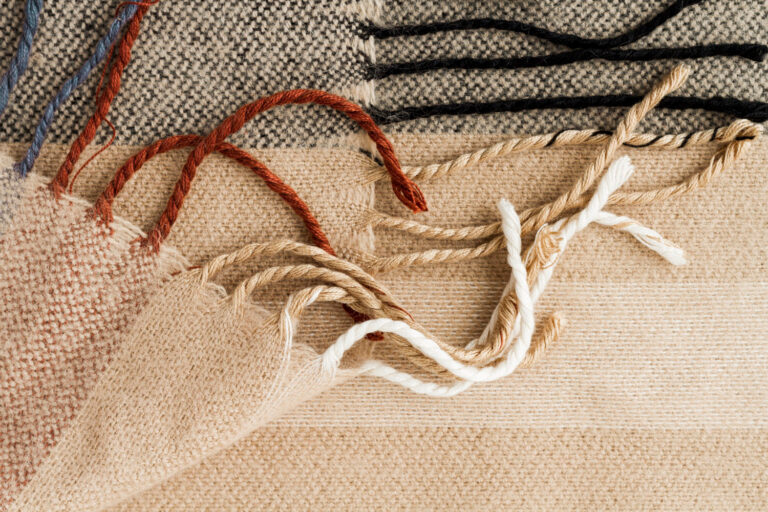
The flax plant produces linen fiber and linseed seeds to make linseed flour and oil.
Today, flax is grown in almost all climates. However, the highest-quality fabrics are grown in northern Europe in countries with cold or temperate and humid climates, such as France, Belgium, Holland, and the United Kingdom. The most prominent producers today are Kazakhstan, Russia, and Canada.
The flax plant should be harvested in spring when the stem is still green and not fully matured. High-quality flax is harvested by pulling it out rather than cutting it, as this method better preserves the stem’s potential.
Workers sort the stems by size and create bundles based on the length of the flax plant’s filaments to dry the plant.
Once the plant dries, workers shell it to remove the linseed seeds, then retting and combing separate the flax fibers from the outer bark or straw, leaving them clean and ready for spinning.
Depending on its intended use, workers can spin flax dry or wet to obtain the linen thread for making the fabric.
Next, workers wash and soften the fabric if they want to use its natural color or bleach it if they plan to dye it another color.
Finally, different finishes are applied depending on the intended use to control the shine, shrinkage, and other aspects of the fabric. Unique treatments can also be applied to achieve stain-resistant, fire-resistant, or antibacterial finishes, among other things.
Is linen a sustainable fabric?
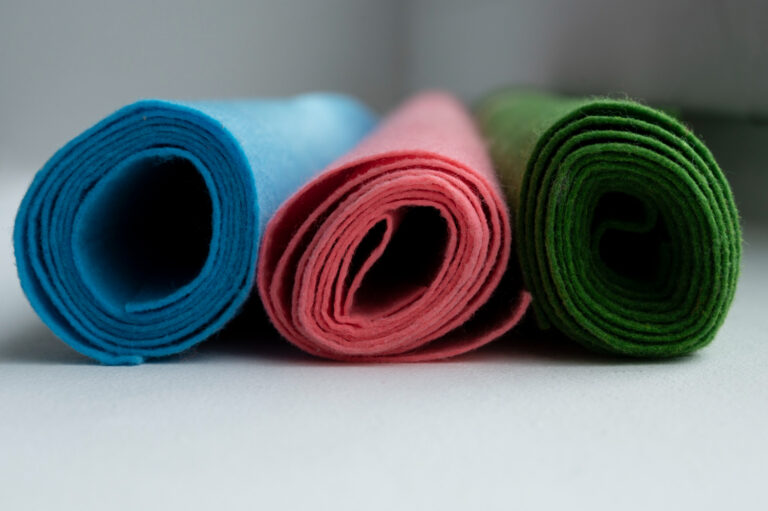
Flax is quick and easy to grow, requires few pesticides or chemicals, and does not require irrigation during cultivation, making it one of the most environmentally friendly options.
Features of linen curtains
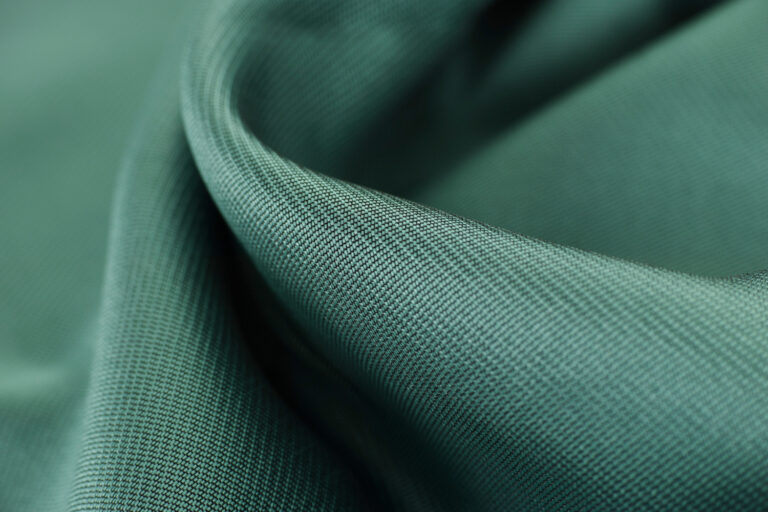
Linen curtains have become one of the most popular options thanks to the elegance of their drapes, textures, and colors. However, linen curtains have other points beyond their appreciated aesthetic characteristics.
- They absorb and evaporate moisture very quickly. Linen is mainly composed of cellulose, allowing it to quickly absorb moisture from the environment and maintain a dry feel. It is ideal for helping to maintain a dry and fresh atmosphere.
- Antibacterial properties. Linen has antibacterial properties, which are ideal for humid environments where bacteria can develop and produce unpleasant odors.
- Natural, lustrous appearance. Linen fibers are slightly silky, giving them an elegant, natural shine.
- Linen fabric is highly durable and long-lasting. It is approximately twice as durable as other fabrics, such as cotton, making it an excellent choice for making curtains. They will preserve their drape and characteristics on the first day for much longer.
- Low elasticity. Linen fibers are deficient in elasticity; this feature will prevent the curtain from stretching and becoming deformed over time.
- Linen tends to wrinkle. Its low elasticity also gives linen its characteristic wrinkle, making it difficult to iron.
- Ochre colors. Linen features ochre tones that range from ivory to grayish and bronze. It is a complex fabric to dye and especially difficult to achieve bright colors.
- Antistatic. Linen is a fabric that dissipates static electricity, preventing annoying shocks and maintaining an environment free of electrical interference.
- Biodegradable. Linen curtains are biodegradable, allowing the natural fibers to break down naturally in compost without causing any harm to the environment, reducing textile waste and limiting environmental impact.
Look and decorate with linen curtains
Linen has a unique color and texture that adds natural elegance to curtains.
- Shine. Linen fabric stands out for its luster and natural shine, which is hard to replicate with other materials. Other materials offer a more striking shine, giving them a more artificial appearance. The shine of linen is very natural and stands out elegantly and discreetly.
- Color. As we have indicated above, linen has an ochre tone that ranges from grayish tones to sand tones such as ivory or bronze. These tones are appropriate for timeless decoration and combine very well in environments with minimalist, Nordic, and Mediterranean decorations. You can also opt for these same tones with other dyed materials, although the tone of a dyed fabric will always be less natural and elegant than that of the fiber itself.
It is also an excellent choice for whites and other washed-out colors. However, it is unsuitable for bright or striking colors, so other fabrics such as cotton, silk, or velvet would be more suitable.
Texture and drape. Linen fibers are not very elastic and rigid, which gives them an elegant natural wrinkle that is characteristic and impossible to achieve with other fabrics. The texture and drape of linen curtains fit into almost all types of decor, providing a timeless look while avoiding the monotony of a perfectly smooth fabric that can become boring over time.
Maintenance and care of linen curtains

Linen is one of the most durable fabrics, which has advantages in maintenance and care.
- Washing and drying. Light or white linen curtains can be machine-washed at almost any temperature and tumble-dried or air-dried. However, since each material may have undergone different finishing processes, it is always advisable to follow the manufacturer’s instructions. If they are filthy, shake off the dust first and then wash them at around 40º.
However, we highly recommend dry cleaning because you don’t wash it every week. Linen shrinks slightly in the first wash, but manufacturers typically wash the curtains first so they won’t shrink in future washes.
- You can iron them at a high temperature. As we have indicated before, they are not particularly easy to iron, although you should be OK with them as the weight of the curtain itself will make them iron themselves when hanging. We recommend using a cloth between the curtain and the iron to preserve the original texture of the fabric.
Pure linen curtains or linen blends

Many curtains sold as linen contain only a tiny percentage of linen, so it’s essential to check the composition of the curtains.
The fact that a curtain is not 100% linen does not necessarily mean something wrong, but it will offer a different result than an authentic pure linen curtain.
The materials and their percentages determine the different results achieved:
- Linen and cotton blend curtains. Blending linen and cotton is an exciting option. Curtains from this blend will be more resistant than pure cotton but softer and more accessible to iron than linen ones. The grace of linen is lost, but the characteristics of cotton are improved.
- Linen and polyester blend curtains. Blending linen and polyester is also a trendy option. The result is a fabric that is less elegant than linen, less wrinkled, and, above all, much cheaper. Therefore, it is essential to consider the composition of the curtain fabric when comparing prices.
Other blends exist, but they are less popular. In the end, combining different fabrics will involve a mixture of the characteristics of both materials at all levels.
In short, linen curtains are one of the best options today for dressing your home. Linen is a natural fabric that will refresh the environment and improve the air quality. It will also dress the room elegantly, a discreet luxury worth investing in since, thanks to its excellent durability; it will look like the first day in many years.
Calculate the price of your custom linen curtains now with our custom curtain configurator here.
Types of Linen Curtains

You’ve got some fantastic options in the world of linen curtains:
- Sheer linen curtains are light, breezy, and perfect for that soft, diffused sunlight vibe.
- There are opaque ones if you want more privacy without sacrificing the style. Textured linen curtains add depth and character to your space, giving it that extra touch. And if you’re into details, embellished linen curtains come with those little extras that make a big difference.
- The custom route is tailored to fit your style and window sizes.
No matter your vibe, there’s a linen curtain type out there just waiting to spruce up your place!
Transparency
Not all Curtains are created for equal clarity. Some are made to perfection. Which allows soft light to diffuse into your room, giving it a warm, glowing vibe. Also, if you are looking for opaque curtains, which will provide you with more privacy and control of the light, think about what you want in your room – deciding whether it’s light or privacy.
Colors and Patterns
If you’re thinking of outfitting your space with linen curtains, here’s a tip – you can think of a rainbow of alternative colors to choose from! There’s something for every screen, from classic solid colors to crisp whites, warm beiges, cool grays, and fun patterns like stripes, florals, and geometrics. It’s all about choosing what best suits your style and giving your home the perfect splash of personality. So, go ahead and make that space truly yours!
Linen vs. Cotton Curtains: Which is Better?
Linen
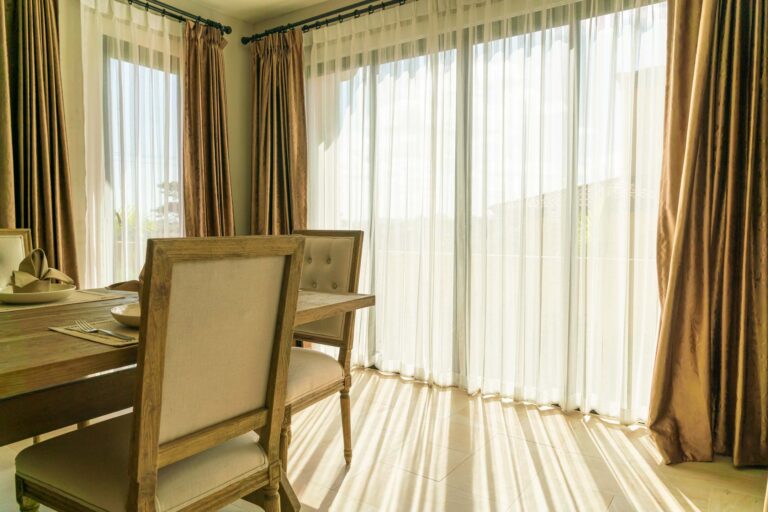
Cotton

Do you want to buy linen or cotton curtains? Can I help you decide that?. Linen or cotton has excellent benefits, but it depends on what you think of your space. With its natural, airy feel, Linen adds a touch of elegance and a laid-back vibe. It’s available in many colors and patterns, from those crisp whites and soothing beiges to grays, not to mention fun stripes, florals, and geometric patterns. This variety means you can easily find something that matches your interior.
Cotton curtains are also versatile and give a softer, more casual look. But if we’re talking about bringing out that effortlessly chic and slightly airy feel, then Linen can be a winner. It’s about what fits your style and the atmosphere you’re trying to create. Both materials are lovely, but for a slightly more sophisticated, airy feel, Linen is a fantastic choice.
The Cost of Linen Curtains: An Investment in Quality
If you’re eyeing those gorgeous linen curtains, be careful—they might pinch your wallet more initially than plain cotton or polyester. Ha ha ha! But here’s the deal: You’re not buying screens but investing in quality. Linen has that unbeatable, luxurious texture that seriously upgrades any room, not to mention its durability. These curtains withstand sun exposure and repeated washings like champs, staying stunning for years. Plus, their timeless appeal means they won’t be going out of style anytime soon. So, while the price tag might be a bit high, put your money into something that will last and keep your space looking chic for ages. Trust me, it’s worth considering!
Styling tips with linen curtains
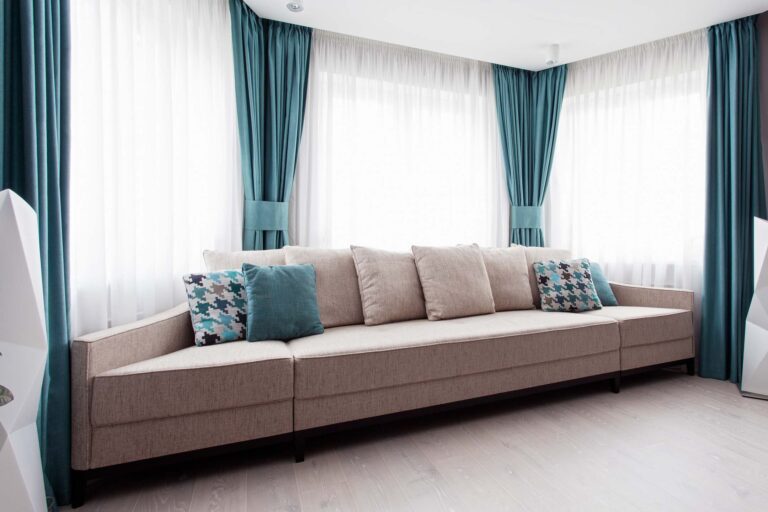
So you’ve got your hands on some linen curtains? Nice choice! They’re like the Swiss Army knife of decor – super versatile. For a laid-back, beachy vibe, go with light, airy colors like soft whites or pale blues. They let in that gorgeous natural light and breeze. Choose natural, earthy tones if you’re more into that rustic, farmhouse feel. Linen’s texture adds to that cozy, lived-in charm. Stick with clean lines and solid colors for a modern, minimalist look. Darker linens can add a dramatic flair to contemporary spaces, too. Whatever your style, linen curtains can be the perfect complement, adding that touch of elegance and warmth to your space.
Where to buy linen curtains
If you want some of the best linen curtains in Abu Dhabi, I direct you to Albarakacurtains. Seriously, this is a massive warehouse for linen curtains. They put together this fantastic collection, which is all about quality and style. Whether you’re looking for something light, airy, or a little more textured, Albarakacurtains has you covered. Their range is fantastic, and the quality? Also, Albarakacurtains staff are experienced with linen curtains, so you will get good curtains and know the details. Linen is the place for anyone looking to enhance their home with elegance. Trust me, a trip to Albarakacurtains for your curtain needs is a move you won’t regret.

